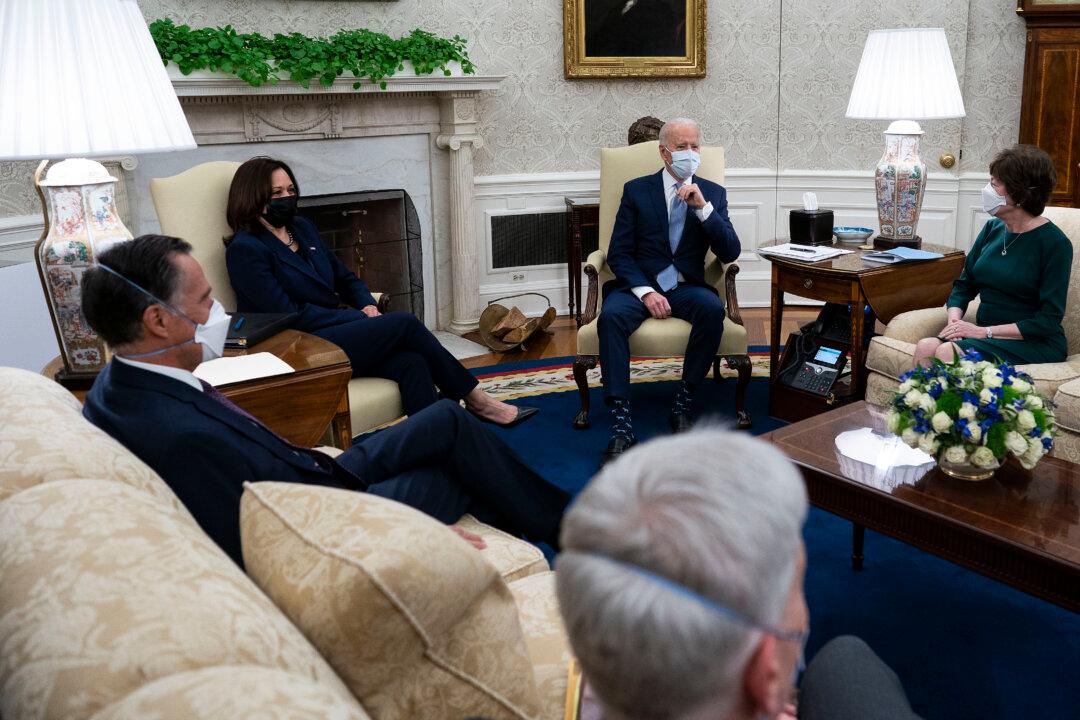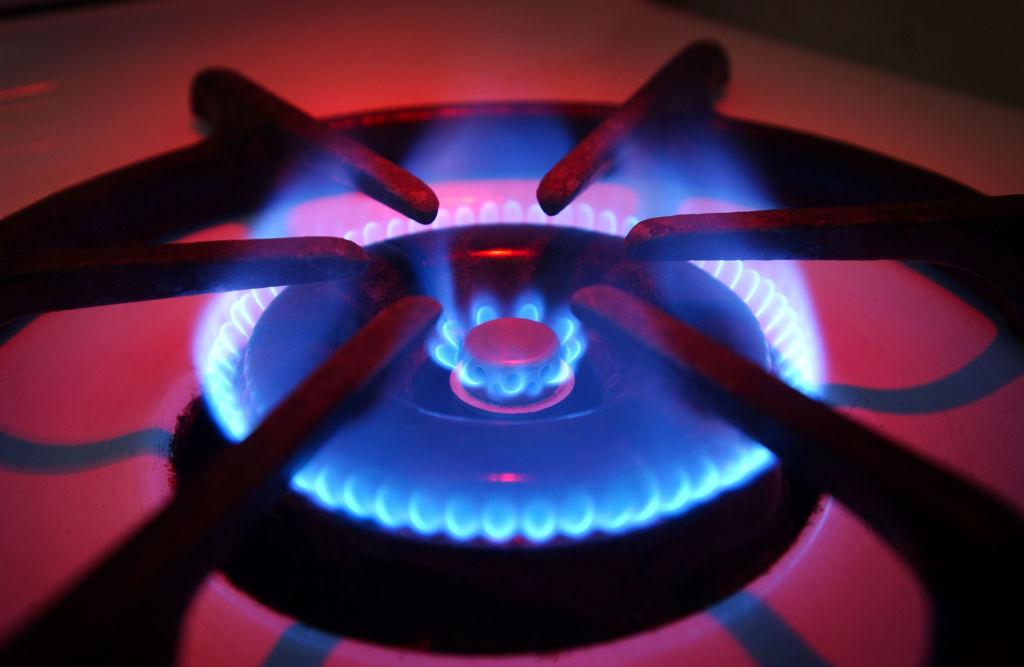- Ten Senate Republicans released a $618 billion counterproposal to President Joe Biden’s $1.9 trillion coronavirus relief package hours before they meet in hopes of finding some common ground, but the two proposals have far more differences than similarities.
- The $618 billion package only slightly resembles that of the Biden administration, whose proposal is three times as large and includes bigger stimulus checks for a greater number of people.
- “With your support, we believe Congress can once again craft a relief package that will provide meaningful, effective assistance to the American people and set us on a path to recovery,” the group of 10 wrote in a letter to Biden ahead of their meeting.
The $618 billion package only sightly resembles Biden’s, whose proposal is three times as large and includes bigger stimulus checks for a greater number of people. Despite the differences, the senators expressed willingness to work with Biden who campaigned on unity and his ability to reach across the aisle.





